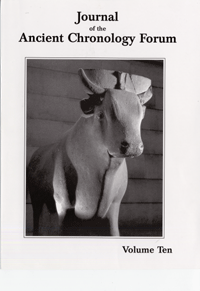The Ancient World Mapping Center is pleased to release version 2.0 of the Antiquity à la Carte application. Version 1.0 appeared in spring 2012 and served as a proof of concept for the mapping application. The application, engineered by Ryan Horne,
provides the user with a map base that can be populated by drawing on the collective databases of the Ancient World Mapping Center and the Pleiades Project. The new version, more fully featured, offers the user a range of new capabilities, including:
These are but a few of the new features offered by Antiquity à la Carte 2.0. We encourage feedback from members of the community who use the application – your comments will help AWMC improve the application. Users can also become registered members of this site and thus be able to closely follow the discussion and receive word of further updates.
- The option of saving data sets assembled using the application and that of uploading data to the map (.json).
- Options for both printing and exporting the map created using the application; combining the export functionality with the ‘numbered features’ option provides an ideal template for a map-based quiz or examination.
- Version 2.0 makes extensive use of linked data opportunities by connecting to the Pleiades Project and participating in the linked data initiatives of the Pelagios Project. For Pleiades community editors and members, editing of Pleaides can happen directly by means of this interactive feature of the application.
- Version 2.0 offers an updated visual interface and site layout.
- Version 2.0 allows other websites to communicate directly with the application using .json objects or text parameters in the url.
- Version 2.0 allows the user to create a range of line work, polygons, and shading that then appear in the exported version.
AWMC is especially grateful to the invaluable assistance provided by our colleague Joe Ryan of UNC ITS Research Computing.
And see AWOL's Roundup of Resources on Ancient Geography












